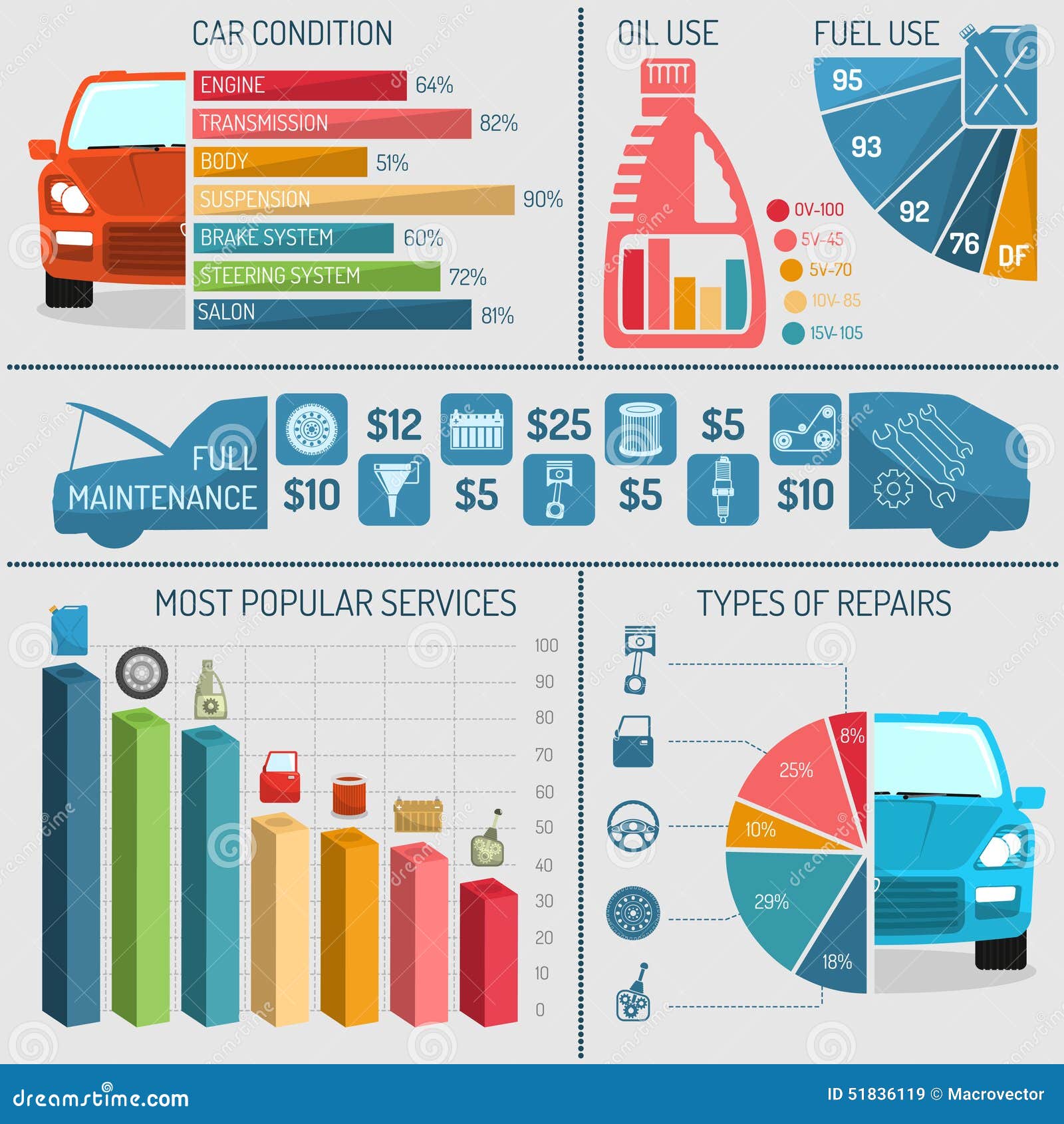Comprehending The Value Of Your Vehicle'S Warning Signals: What They In Fact Stand For
Comprehending The Value Of Your Vehicle'S Warning Signals: What They In Fact Stand For
Blog Article
Material Writer-Boye Stark
When you lag the wheel, those beautiful caution lights on your control panel can be a little bit difficult. Do you know what they're trying to inform you regarding your cars and truck's wellness? Comprehending the significance of these lights is crucial for your safety and security and the longevity of your lorry. So, the next time among those lights turns up, wouldn't you want to decode its message precisely and take the essential actions to resolve it?
Common Warning Lighting and Interpretations
Recognize common caution lights in your vehicle and understand their significances to make certain secure driving.
The most normal warning lights consist of the check engine light, which signifies problems with the engine or discharges system. If this light begins, it's essential to have your vehicle checked immediately.
The oil stress alerting light indicates reduced oil pressure, calling for immediate focus to avoid engine damages.
A flashing battery light may recommend a faulty billing system, possibly leaving you stranded if not dealt with.
The tire stress surveillance system (TPMS) light signals you to low tire stress, influencing vehicle stability and gas performance. Ignoring this can cause dangerous driving problems.
The abdominal light indicates a problem with the anti-lock stopping system, compromising your ability to quit quickly in emergency situations.
Lastly, the coolant temperature level cautioning light warns of engine getting too hot, which can result in serious damages otherwise settled swiftly.
Understanding these usual warning lights will certainly assist you address concerns without delay and keep secure driving conditions.
Importance of Prompt Attention
Recognizing the common caution lights in your cars and truck is just the very first step; the value of promptly dealing with these warnings can't be highlighted sufficient to guarantee your safety on the road.
When https://patch.com/virginia/kingstowne/baby-squirrels-make-nutty-discovery-franconia-car-repair-shop brightens on your control panel, it's your vehicle's method of connecting a prospective issue that requires focus. Neglecting these cautions can result in more extreme issues in the future, endangering your security and potentially costing you extra in repairs.
Trigger focus to warning lights can avoid break downs and accidents. For example, a blinking check engine light could show a misfire that, if left unattended, can cause damages to the catalytic converter. Addressing this quickly can conserve you from an expensive repair work.
In a similar way, a brake system alerting light may indicate low brake fluid or used brake pads, crucial components for your security when driving.
Do It Yourself Troubleshooting Tips
If you see a caution light on your dashboard, there are a couple of DIY fixing suggestions you can attempt before looking for specialist aid.
The very first step is to consult your automobile's guidebook to understand what the certain caution light suggests. Sometimes the problem can be as simple as a loosened gas cap triggering the check engine light. Tightening the gas cap may fix the problem.
One more usual problem is a low battery, which can cause numerous alerting lights. Examining the battery connections for deterioration and guaranteeing they're secure could repair the problem.
If a warning light lingers, you can try resetting it by disconnecting the automobile's battery for a couple of minutes and then reconnecting it. In addition, examining your automobile's liquid degrees, such as oil, coolant, and brake liquid, can aid fix cautioning lights associated with these systems.
car wash.
In conclusion, recognizing your vehicle's warning lights is vital for maintaining your lorry running efficiently and securely. By immediately resolving these notifies and understanding what they indicate, you can avoid costly repair work and possible malfunctions.
Remember to consult your vehicle's guidebook for specific information on each cautioning light and do something about it accordingly to make sure a trouble-free driving experience.
Keep educated, remain risk-free when traveling!
